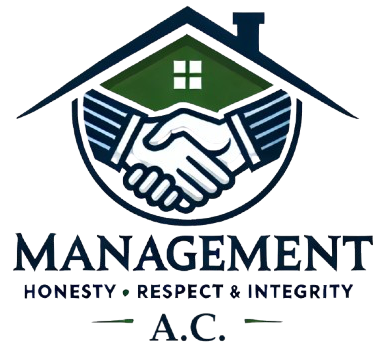We’ve sat in the boardrooms. We’ve inherited the mess. We’ve answered the late-night emergency calls no one else wanted to deal with. So trust us when we say this: property management is not the problem. Bad property management is.
For years, the term “property manager” has been used loosely—applied to everyone from one-man repair crews to real estate assistants juggling 30 units on the side. And that’s how so many property owners—especially corporate and institutional owners—got burned.
We know this not just because we’re in the business, but because the calls we get usually start the same way:
“We thought we had it handled. Until we didn’t.”
What Really Goes Wrong Behind the Scenes
No one starts out thinking they need corporate property management. Most start with a trusted contact or a small team. But as the portfolio grows, the cracks start to show.
Tenants leave quietly. Vendors overbill subtly. Maintenance backlogs grow invisibly.
Until one day, the NOI doesn’t match projections. And no one can give you a clear answer why.
One of our clients, a regional asset manager for a growing real estate fund, put it best:
“It wasn’t one big fire. It was a hundred small leaks we didn’t catch in time.”
That’s where we step in—not just to clean up the mess, but to build the infrastructure that should’ve been there in the first place.
What Corporate Management Actually Looks Like
Let’s be clear—corporate property management isn’t just a fancy term for the same thing. It’s a completely different operating model.
At ACM, that means:
- Dedicated operational teams (not one person doing everything)
- Real-time reporting and visibility
- Standardized systems across states and asset types
- Tenant communications tracked and documented
- Executive oversight that actually reviews what’s going on—not just signs off on it
It means you don’t have to wonder who followed up with the HVAC tech, if that eviction was filed, or whether that high-performing stylist just left your salon suite without notice.
“After six months with ACM, I finally stopped waking up in the middle of the night thinking about broken leases.”
— Owner, Multi-Unit Commercial Portfolio
The Cost of Waiting
We’ve taken over portfolios where the property files were still in paper folders. Where a single email address was used for all tenant communication. Where rent payments were “mostly tracked.”
And the most common line we hear after the dust settles?
“I wish we’d brought you in sooner.”
Because here’s what most owners don’t realize: By the time a management issue becomes visible, it’s already cost you. In tenant churn. In bad data. In preventable lawsuits.
This Is an Investment Strategy, Not Just a Service
At the ownership level, your job is to grow your investment—not chase plumbing vendors or track down licenses from 20 stylists. But if you don’t have the right infrastructure beneath you, growth becomes chaos.
That’s what corporate property management really is: the system that allows growth without collapse.
And it doesn’t have to be a massive REIT or luxury high-rise. Our clients include:
- Salon suite portfolios
- Small multi-family buildings
- Boutique commercial centers
- Remote owners with residential units in three different states
What they have in common is a need for structure, transparency, and results.
A Final Word from the Other Side of the Desk
One of our commercial owners recently said something that stuck with us:
“We thought we needed a better manager. What we really needed was a better operation.”
That’s the real difference. Anyone can manage a property. We manage the system behind it.
If you’re ready to stop patching holes and start building something that lasts, we’re ready to talk. – AC Management
